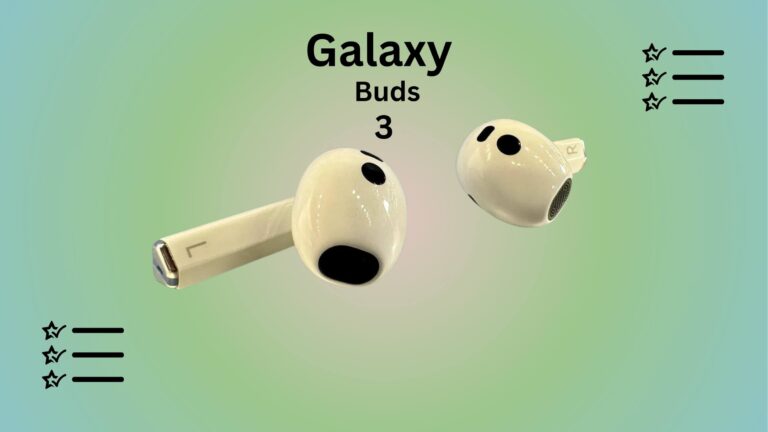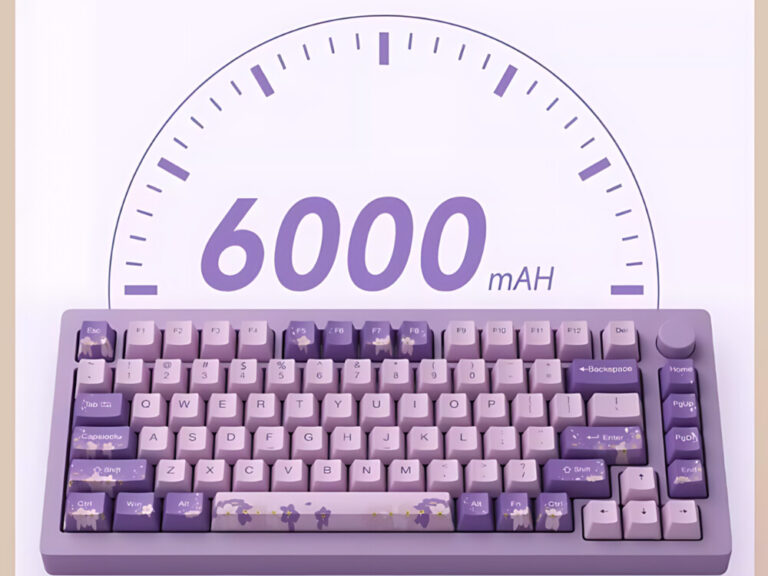
Java Collection presents a detailed examination of Java’s indispensable toolkit for managing data structures. Within this guide, we explore the core components of Java Collections, encompassing Lists, Sets, Maps, and Queues, offering insights into their importance and application.
Whether you’re a novice or an experienced developer, this guide equips you with essential knowledge on effectively utilizing collections in Java.
To supplement your understanding, resources like Javatpoint provide additional tutorials and explanations, serving as invaluable companions on your journey to mastering Java’s collection framework.
Understanding Java Collections
Understanding Java Collections is essential for any Java developer. In Java, a collection is a framework that provides an organized way to store and manipulate groups of objects. It includes various data structures like lists, sets, maps, and queues.
These collections are crucial for managing data efficiently in Java applications. Websites like Javatpoint offer comprehensive tutorials and resources to help developers grasp the concepts of Java Collections, making it easier to utilize these powerful tools effectively in their projects.
Core Components of Java Collections

In Java, the Collections framework is a cornerstone for managing data efficiently. Its core components include Lists, Sets, Maps, and Queues. Lists maintain an ordered collection of elements, Sets ensure uniqueness by disallowing duplicates, Maps store key-value pairs for efficient retrieval, and Queues follow the FIFO principle for orderly processing.
Understanding these components is pivotal for effective data handling in Java programming. Resources like Javatpoint offer comprehensive tutorials on Java Collections, aiding developers in mastering these fundamental concepts for building robust applications.
1. Lists
Lists maintain an ordered collection of elements, allowing duplicate values and providing indexed access to elements. Common implementations include ArrayList and LinkedList.
2. Sets
Sets store unique elements and do not allow duplicates. They ensure the integrity of data by enforcing uniqueness constraints. HashSet and TreeSet are popular Set implementations.
3. Maps
Maps represent key-value pairs, where each key is associated with a corresponding value. They provide efficient retrieval and update operations based on keys. HashMap and TreeMap are widely used Map implementations.
4. Queues
Queues follow the FIFO (First-In-First-Out) principle, allowing elements to be inserted at the end and removed from the beginning. They are useful for implementing algorithms like breadth-first search and task scheduling. LinkedList and PriorityQueue are common Queue implementations.
Usage of Java Collections

Java Collections are extensively utilized across diverse domains, facilitating efficient management of data in Java programming. Whether it’s storing large datasets or implementing essential data structures like stacks and queues, Java Collections offer a versatile toolkit.
Developers often rely on resources like Javatpoint to enhance their understanding and proficiency in utilizing these collections effectively.
By leveraging the appropriate collection types and employing best practices, such as type safety and optimization for performance, developers can streamline data processing and enhance the scalability of their Java applications.
Best Practices for Java Collections
To leverage Java Collections effectively, developers should adhere to certain best practices, including:
– Choose the appropriate collection type based on requirements (e.g., List vs. Set).
– Use generics to ensure type safety and avoid runtime errors.
– Optimize performance by selecting the most suitable collection implementation.
– Handle concurrency issues carefully in multi-threaded environments.
– Consider memory usage and scalability implications when working with large datasets.
Conclusion
Mastering the Java Collections framework is essential for any Java developer aiming to build efficient and scalable applications. With its diverse set of data structures and versatile functionalities, Java Collections empower developers to manage data effectively, whether it’s handling large datasets, implementing complex algorithms, or facilitating seamless data manipulation.
Resources like Javatpoint offer comprehensive tutorials and guides, making it easier for developers to grasp the intricacies of Java Collections and apply them effectively in their projects.
By harnessing the power of Java Collections, developers can elevate their programming skills and create robust solutions that meet the demands of modern software development.
For More Info- https://www.javatpoint.com/collections-in-java
In case you have found a mistake in the text, please send a message to the author by selecting the mistake and pressing Ctrl-Enter.





